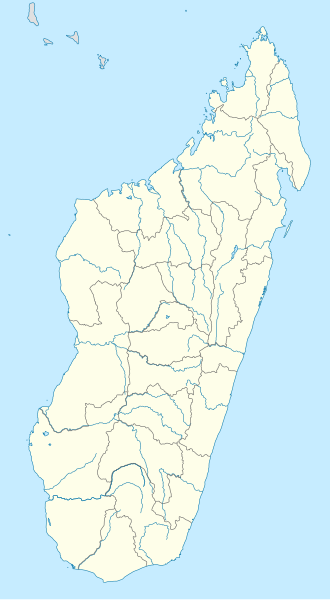| Kirindy Mitea National Park | |
|---|---|
IUCN category IV (habitat/species management area) | |
 | |
| Nearest city | Belo sur Mer, Morondava |
| Coordinates | 20°49′S44°09′E / 20.817°S 44.150°E |
| Area | 1,563.5 km2 (603.7 sq mi) |
| Established | 18 December 1997 |
| Governing body | Madagascar National Parks Association |
| www | |
The Kirindy Mitea National Park is a national park on the coast of the Mozambique Channel, in south-west Madagascar. The 72,200 hectares (178,000 acres) park contains many endemic animals and plants and claims to have the greatest density of primates in the world.








